Understanding Mortgage Default Insurance (CMHC Insurance)
Any homeowner looking to obtain a new mortgage should be familiar with mortgage terminology and if you’re looking to purchase with less then 20% down payment, then you will want to be familiar with the term “mortgage default insurance.” If you’re not familiar, here is an outline that includes the impacts of this insurance.
It’s important to differentiate mortgage default insurance from creditor or life insurance.
Mortgage default insurance protects the lender in the event the borrower defaults on their mortgage and is mandatory for all mortgages where the borrower has a down payment of less than 20%. There is a cost to this and it can be added to the mortgage or paid out of pocket by a borrower.
Life/Creditor insurance is optional but highly recommended and is designed to protect the borrower and provides peace of mind for family members by covering a portion or all of the remaining mortgage balance in the event of the mortgage holder’s death. It can be purchased priors to a home purchase or at any time thereafter. A health questionnaire or application could be a requirement.
Impacts of Default Insurance:
When shopping for a mortgage (and a home), you’ll find that the interest rates will vary based on three main types of mortgages: insured, insurable and uninsured/conventional. Here’s a run-down of all three:
1. Insured Mortgages Insured, or “high ratio” mortgages, are for when you purchase a home with a down payment of less than 20%. The lenders refer to this as a mortgage with a loan-to-value between 80.01% and 95%.
In Canada, in order for any institution to provide these types of mortgages they must be default-insured by one of Canada’s three default insurance providers:
CMHC - Canada Mortgage and Housing Corporation
Sagen
Canada Guaranty
When the borrower applies for this type of mortgage, it must be approved by both the bank AND the insurer. As a brokerage, we would help to navigate and facilitate the approvals from each.
Interest rates for insured mortgages are typically among the lowest available since the insurance provider is taking on the risk of default rather than the lender, and in turn lowering the lender’s cost of funding. Although rates are often lower, keep in mind that there is an insurance fee/premium payable to the insurer for this insurance. The fees are based on a spread that is dependent on your down payment amount. Here is a table to show the calculations:
As you can see form the above, if you have between 15.00%-19.99% down payment you would have the lowest insurance fee but also likely the lowest rate. So when comparing overall costs, it’s important to factor in the cost of insurance, (typically rolled into the total mortgage). Certain provinces charge tax on the insurance amount, which must be paid at the time of closing. Restrictions that apply to insured mortgages include: a maximum property value of less than $1 million, a maximum amortization of 25 years, and reserved for purchases and mortgage renewals. Not available on refinances. Standard qualifying criteria will be prevalent.
2. Insurable Mortgages
Insurable mortgages are for borrowers who have a 20% down payment or more. These are similar to insured mortgages, but the borrower does not pay the premium. Instead, lenders are responsible for insuring these mortgages, which is generally done through back-end bulk insurance.
All of the same restrictions listed above for insured mortgages also apply to insurable mortgages. Interest rates are often higher than rates for insured mortgages BUT there is no insurance fee paid by the borrower/applicant.
3. Uninsured (or Conventional) Mortgages
Again, a minimum of 20% down payment is required and there is no insurance fee payable. These are loans that cannot be guaranteed by the government or private insurers and it means the lender must assume all of the risk in the event of default by the borrower. And as such, the rates are surcharged and tend to be the highest of the three.
These mortgages could include: applications where the purchase price exceeds $1 million, amortizations above 25 years (unless inclusive of the first-time buyer offering), rental properties, multi-unit rental properties and mortgage refinances.
Renewals and Transfers
As you can see, mortgage default insurance can affect the best rates that are available to you. In fact, it may create an opportunity to you if you currently have an insured or insurable mortgage as lenders may offer competitive rates for some existing borrowers as well.
If your mortgage is coming up for renewal and you are not planning on refinancing the mortgage by extracting equity or increasing the amortization, it would be beneficial to confirm if your mortgage is insured or insurable. If it is, you would again be honoured with best rates (insured/insurable) but you would not have to pay the insurance premium again. This is a big win and something that should be considered.

